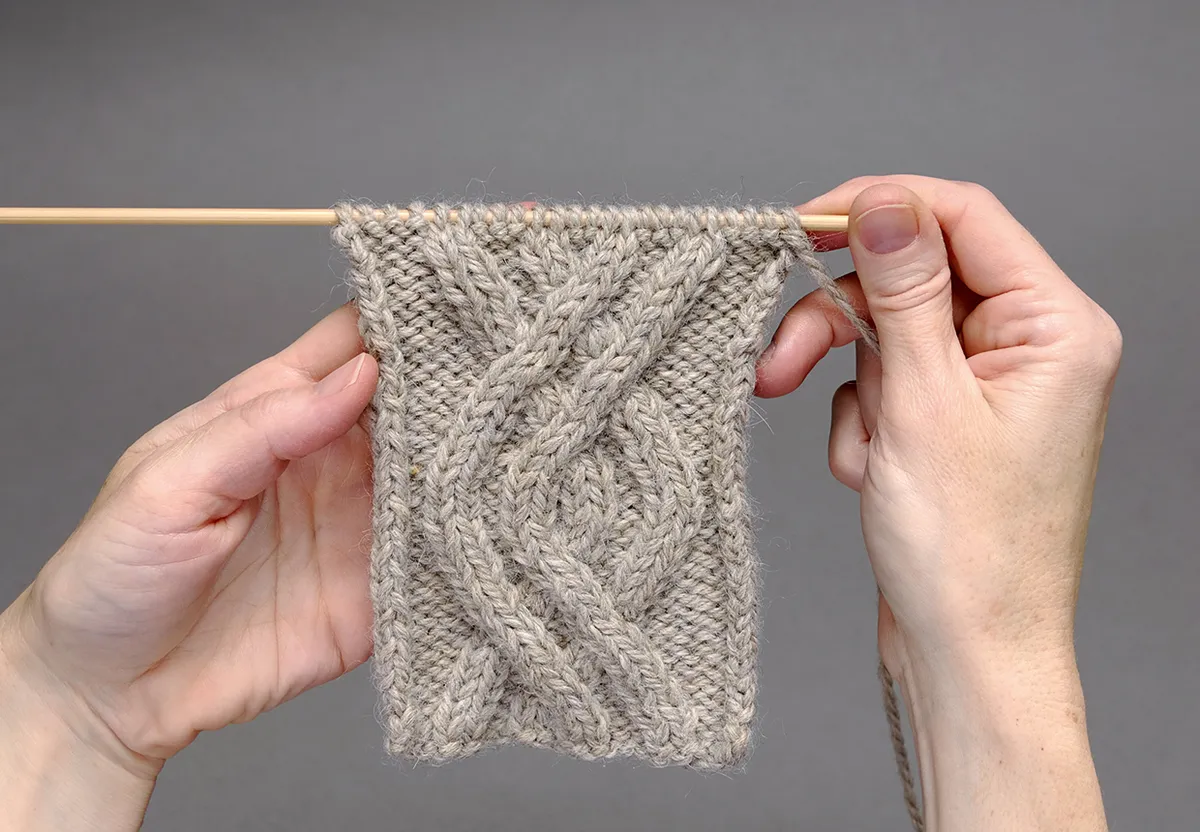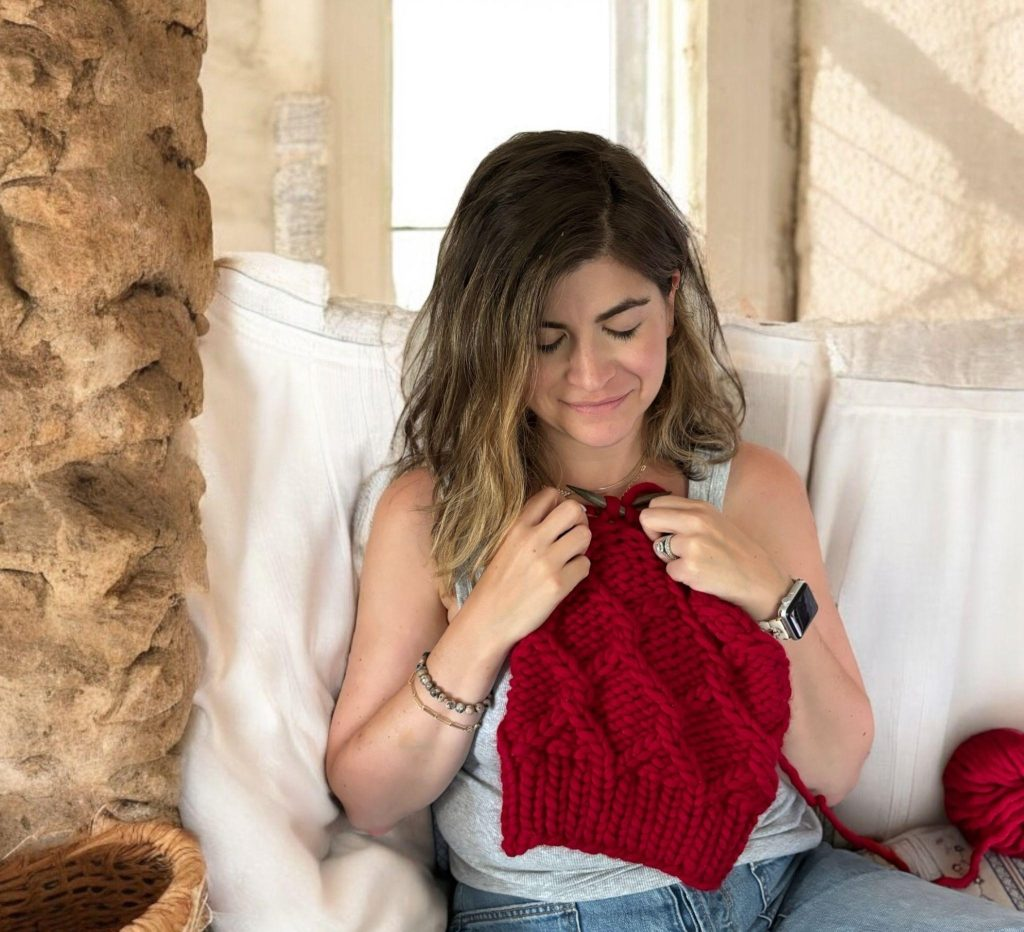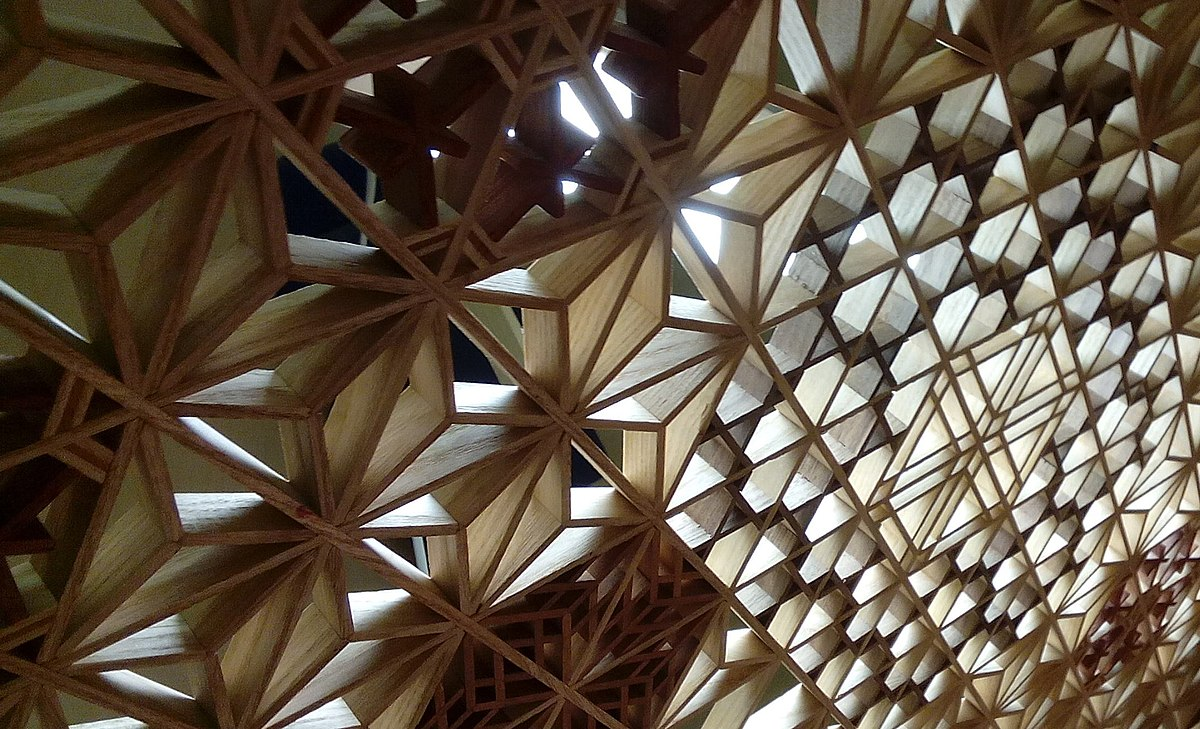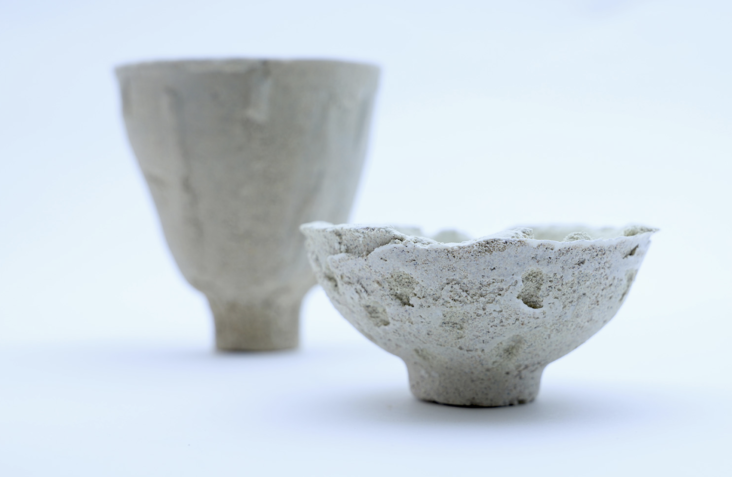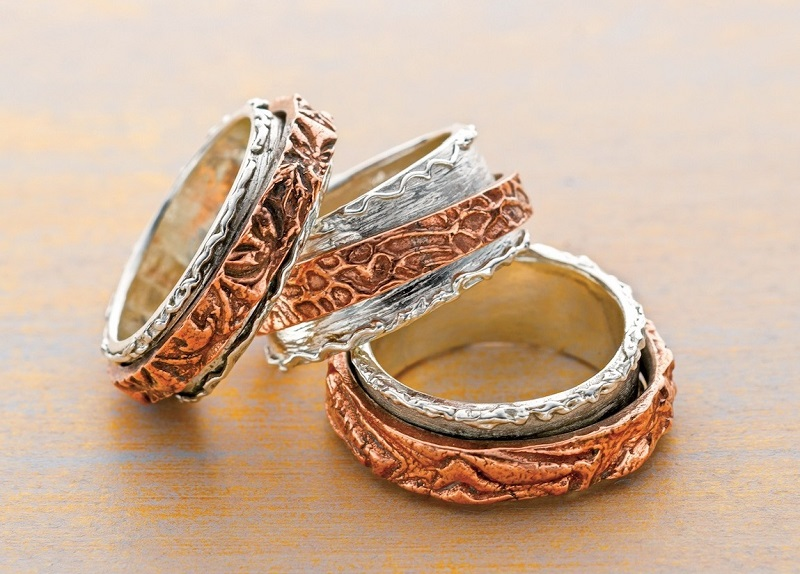Cable knitting is often regarded as an advanced technique, yet it’s accessible to any dedicated knitter willing to explore beyond basic stitches. By crossing groups of stitches over each other, cabled patterns create a raised, textured effect that adds depth and sophistication to scarves, sweaters, and blankets. Unlike flat knitting, cables require careful attention to stitch order and tension, rewarding knitters with intricate, visually striking results. (interweave.com)
The beauty of cable knitting lies in its versatility. Patterns range from simple twists to elaborate braided motifs, allowing knitters to experiment with scale, repetition, and spacing. To achieve precise results, knitters often use a cable needle, though advanced techniques allow off‑needle cabling. This method develops expertise, enhancing understanding of stitch manipulation, fabric elasticity, and visual rhythm, while fostering experience in handling complex patterns and problem-solving mid-project. (craftsy.com)
From an E‑E‑A‑T perspective, cable knitting represents both craft and knowledge. Authoritativeness is seen in centuries of documented patterns and tutorials by master knitters, while trustworthiness stems from replicable results, verified techniques, and consistent guidance across resources. Incorporating cable knitting elevates not only finished projects but also the knitter’s confidence, making it a cornerstone skill for those aiming to transform ordinary yarn into extraordinary art.

